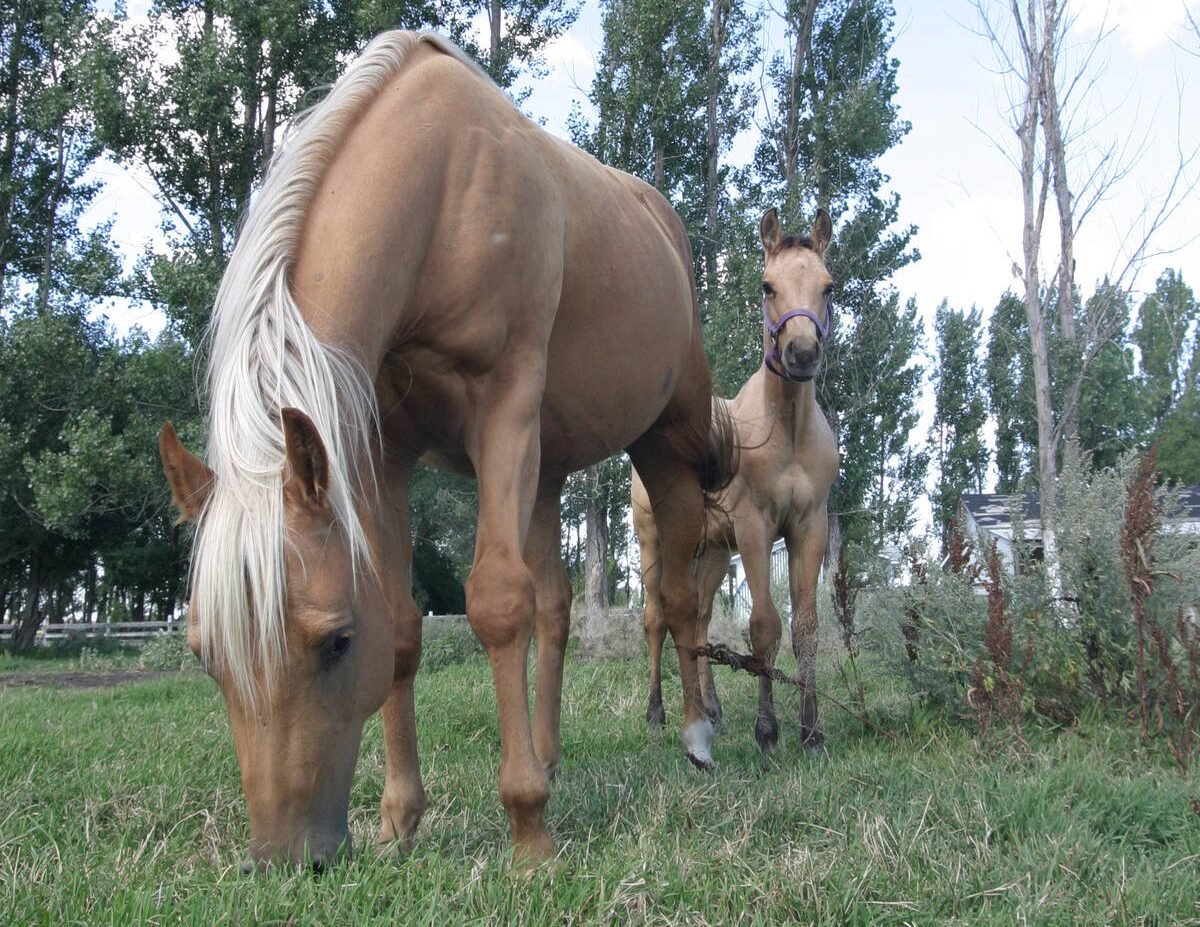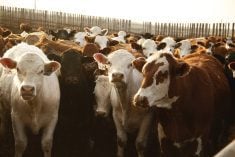LACOMBE, Alta. – Agriculture Canada’s research centre in Lacombe has come a long way from the days when pigs ran loose outdoors and Clydesdales were used for farm work.
Agriculture Canada started the centre in 1907 when the community of Lacombe successfully convinced the federal government to build an experimental farm in central Alberta. Funded equally by Ottawa and the community, it began with a quarter section of land and six employees to work with vegetables, fruits, trees, cereal crops, honey bees and livestock. The centre now has 120 people with more than 3,300 acres on three sites at Lacombe, Beaverlodge and Fort Vermilion.
Read Also

Growth plates are instrumental in shaping a horse’s life
Young horse training plans and workloads must match their skeletal development. Failing to plan around growth plates can create lifelong physical problems.
Livestock work started in 1912 with hogs and a beef herd of 20 Angus cows.
A modern hog facility was built in 1995 with a 100 sow farrow-to-finish operation. The beef research side consists of a 300 head cow herd on 650 acres of pasture and a feedlot capacity of 1,000 head.
Cross breeding studies on cattle and hogs started in 1918 and the Lacombe hog was developed between 1947-1957.
From the beginning, the centre worked with a variety of beef breeds in collaboration with the Lethbridge and Brandon research centres as well as ranchers across the Prairies. Today, the centre runs four breeding herds with two calving periods in the spring and the other two in the fall. The base is Hereford-Black Angus and Charolais-Red Angus.
A major component is meat quality research where products from a number of species, including cattle, hogs, elk, deer, bison, ostriches and llamas, are evaluated for colour, carcass aging effects, tenderness and taste panel assessments.
The early work was done off site but an on-site abattoir and processing facility was built later. Lacombe is one of the few centres in the world where research on meat quality from animal conception to consumption are handled in one place.
In addition, it has developed new tools for the meat trade.
When concerns arose over problems such as E. coli contamination in beef, scientists at Lacombe developed a meat pasteurization system in common use at packing plants across North America. Skinned carcasses pass through a hot water spray using about 60 gallons of water at 86 C for 30 seconds to remove potential contaminants.
In collaboration with other research groups, the scientists changed the Canadian market hog from a fat to lean animal, said meat quality biologist Wayne Robertson.
One tool to calculate red meat-to fat-ratios is the Destron grading probe injected between the third and fourth rib of the hog carcass. The probe must be updated regularly because hogs are becoming heavier and leaner.
“We have done a lot of national cut-out work to develop the equations that go into it,” Robertson said.
Producers have applied research conducted at centres such as Lacombe to produce a leaner market hog while maintaining good eating quality.
Those changes date back nearly 100 years.
In 1919 Canada shipped 240 million pounds of pork to Britain. By 1931 exports dropped to 11 million lb. because the British were producing a leaner hog and did not want the fatter Canadian version.
“That was the start of hog grading to get back into that market,” Robertson said.
Specialists in Lacombe have also developed a new Canadian beef and lamb grading system.
One of the newest projects is to develop a bioreactor to dispose of inedible meat products including specified risk materials. The project has set out to find extra value in the material by manufacturing fuel, lubricants and fertilizers. Working with an international team, the research must show that the processes kill prions responsible for triggering BSE and other brain wasting diseases.
Researchers will also look at meat cutting practices to see if any infectious material remains and how it can be removed from saws and other processing equipment.















